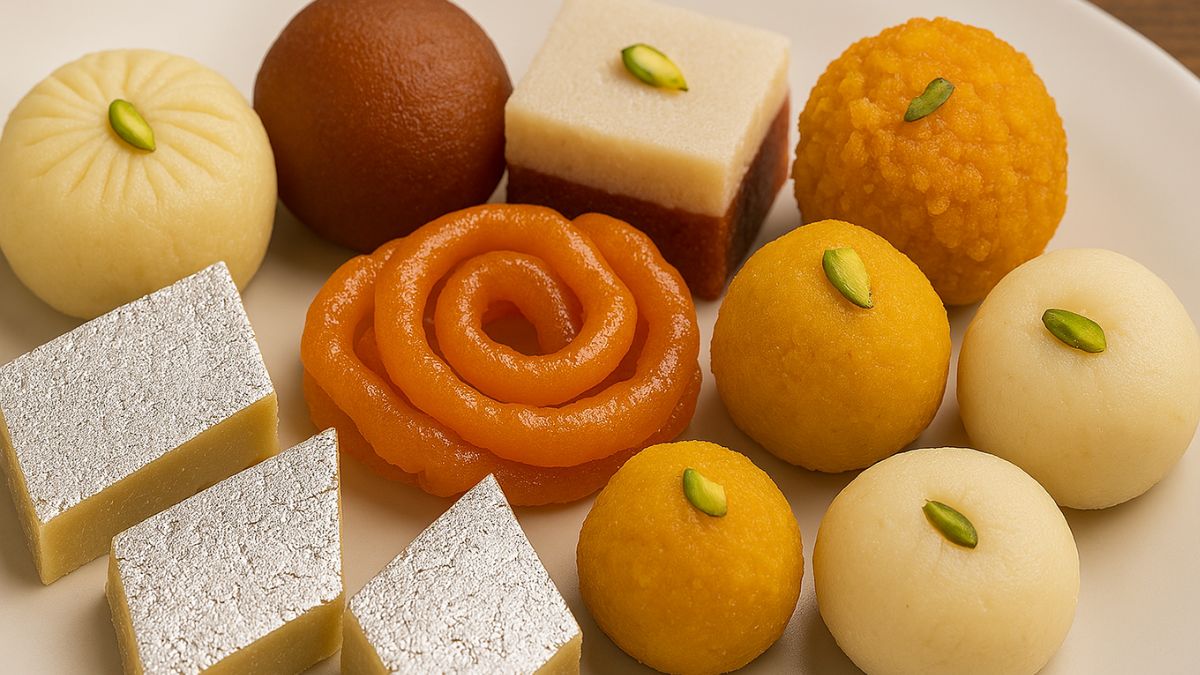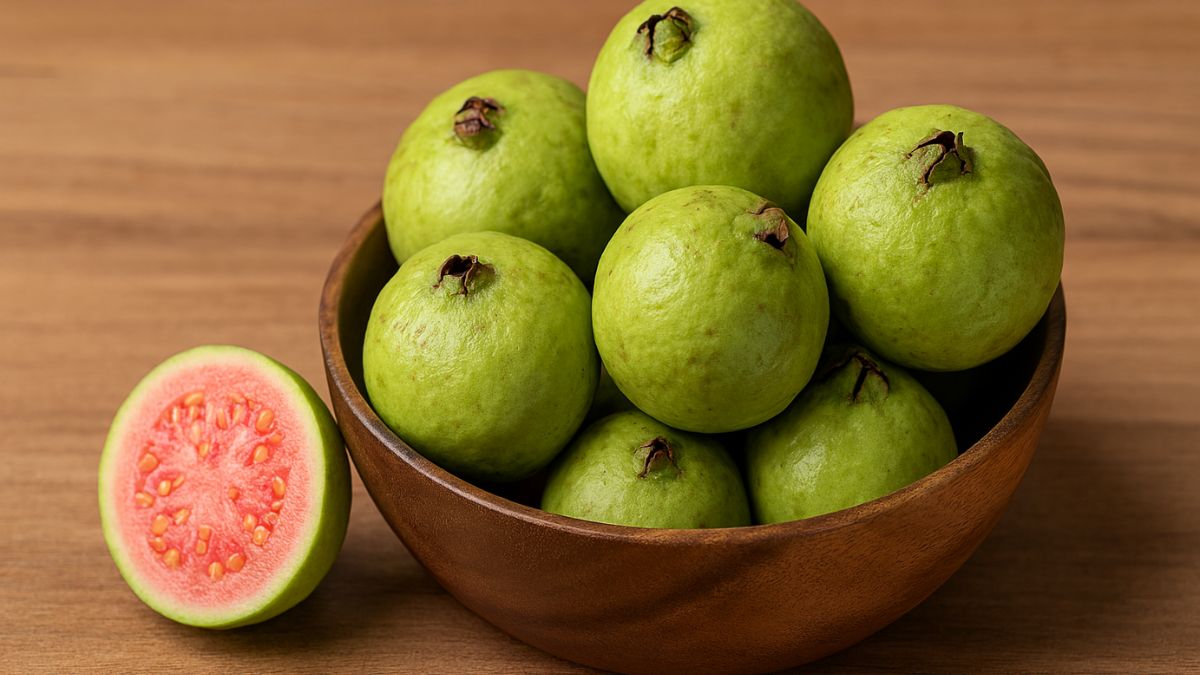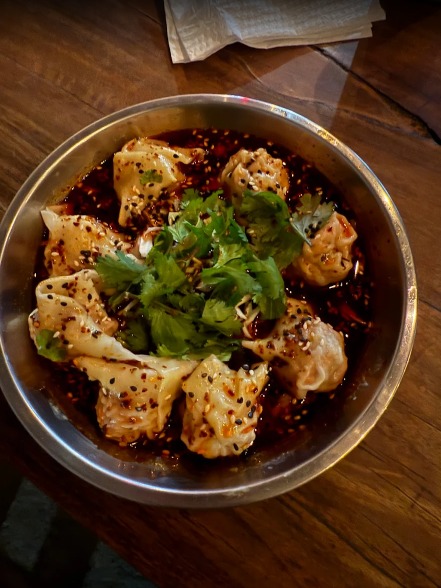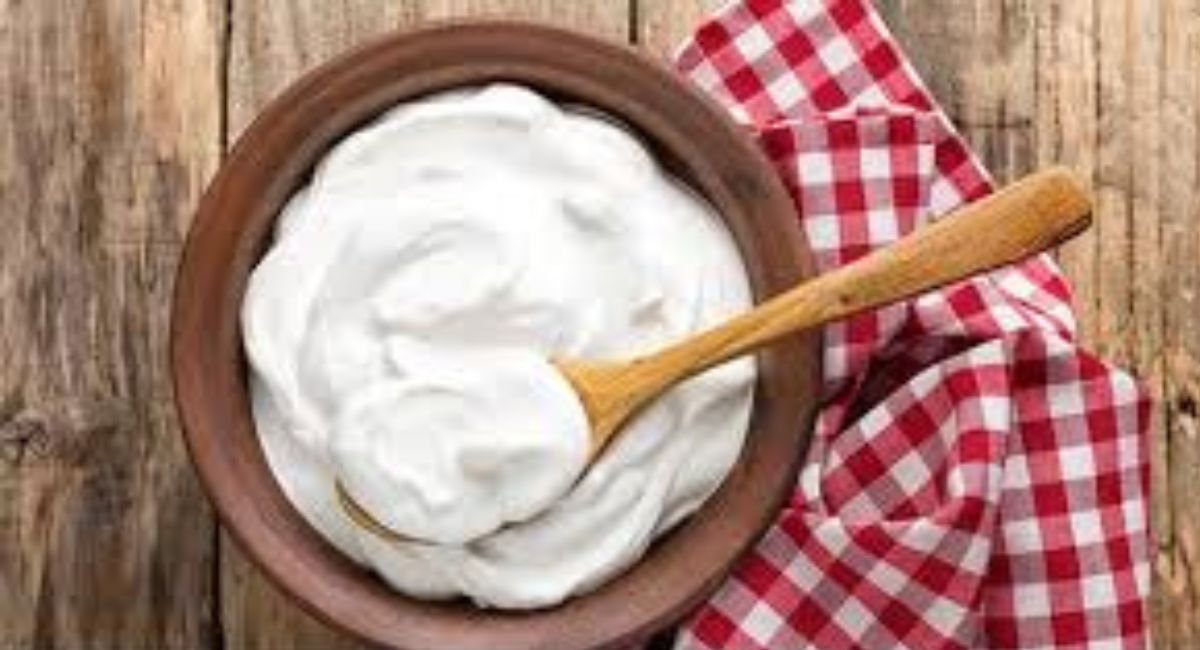Arbi, also known as taro, is a versatile and flavourful vegetable that has been a staple in Indian kitchens for generations. From gravies and dry sabzis to dahi wali arbi, achari arbi and even festive recipes like arbi ki kadhi during Navratri, its uses are many. It is also added to puris for extra crispiness. Despite this versatility, many people avoid cooking arbi because peeling it often leads to itching or swelling in the hands. If this problem has stopped you from enjoying the vegetable, there is no need to worry. With simple methods, you can peel and cook arbi without irritation. Before moving to practical solutions, let us look at why arbi causes itching and why it is still worth including in your diet.
Why Does Arbi Cause Itching?
The itching caused by arbi is linked to calcium oxalate crystals present in the vegetable. These needle-like crystals can irritate the skin, especially when arbi is peeled raw. The effect can range from mild itching to redness or swelling. The good news is that once arbi is properly cooked, the crystals break down and the irritation disappears. Knowing this makes it clear that the problem lies not in the vegetable itself, but in how it is handled.
Health Benefits of Arbi
Arbi is not just tasty; it is also highly nutritious:
- Rich in fibre: Supports digestion and helps ease constipation.
- Packed with vitamin C and antioxidants: Boosts immunity and protects cells from damage.
- Good source of potassium and magnesium: Helps regulate blood pressure and supports heart health.
With these benefits, arbi is a healthy addition to daily meals. Once the peeling process feels manageable, it becomes easy to make it a regular part of your diet.
Also Read: Navratri 2020: How To Make Vrat-Friendly Arbi Ki Kadhi
5 Easy Ways to Peel Arbi Without Itching
1. Use a Scrub
Peeling arbi with an aluminium dish scrubber is surprisingly effective. Wear gloves to protect your hands, rub the arbi with the scrub to remove the skin, and wash thoroughly under running water. This method avoids direct contact with the sticky starch.
2. Apply Lemon or Vinegar
Both lemon and vinegar have acidic properties that help reduce irritation. If itching starts after peeling arbi or other starchy vegetables, mix vinegar and lemon juice in a bowl. Dip a cloth in the mixture and wipe your hands. Relief is almost immediate.
3. Apply Salt Before Peeling
Rubbing salt on your hands before peeling creates a protective effect and prevents itching. Another trick is to rub half a lemon on the knife before cutting arbi, which reduces stickiness and makes peeling easier.
4. Apply Oil on Hands
In many Indian households, applying mustard oil on the hands before peeling is a trusted technique. The oil forms a layer that prevents both itching and stickiness, making peeling smoother and irritation-free.
5. Use Coconut Peel
Do not discard coconut peel after breaking a coconut. Fold the peel and rub it on arbi. The skin comes off quickly without causing discomfort, turning waste into a handy tool.
Also Read: Indian Cooking Tips: How To Make Crispy Masala Arbi - Watch Recipe Video
Precautions While Cooking Arbi
Boil arbi before peeling to soften the skin and reduce irritation.
- Wash peeled arbi thoroughly under running water to remove excess starch.
- Cook arbi completely, as heat breaks down calcium oxalate crystals and makes it safe to eat.
Popular Arbi Recipes in Indian Homes
Arbi is cooked in countless ways across India. Some favourites include:
- Dahi wali arbi recipe: A yoghurt-based curry.
- Arbi fry recipe: Crispy shallow or deep-fried slices.
- Arbi curry recipe: A tomato and spice gravy.
- Arbi ki kadhi recipe: A festive favourite during Navratri.
- Achari arbi recipe: Flavoured with tangy pickle spices.
These dishes show just how versatile arbi can be once you master peeling and cooking it without irritation.
How to Reduce Itching From Taro Leaves
It is not only arbi roots but also taro leaves that can cause irritation. Eating taro leaf pakoras can sometimes lead to throat itching due to calcium oxalate crystals. To prevent this:
- Remove the thick stalks before cooking.
- Wash the leaves thoroughly in lukewarm water.
- Cook the leaves properly to reduce the effect of the crystals.
- Sprinkle lemon juice on the sabzi or pakoras before serving to further minimise irritation.
Tips to Store Arbi After Peeling
If you are not cooking arbi immediately after peeling, here are some storage hacks:
Place peeled arbi in an airtight container and refrigerate. It stays fresh for up to two days.
Store peeled arbi in a bowl of water inside the fridge. This prevents discolouration and keeps it ready for use.
With these tips, peeling and cooking arbi becomes easier and irritation-free. You can enjoy not only its rich taste but also its many health benefits. From traditional curries to festive snacks, arbi and taro leaves can bring variety, nutrition, and flavour to your everyday cooking.














